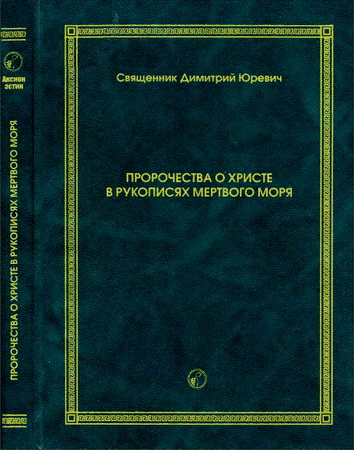
Kramer – Where God Came Down

Mention the word archaeology, and people often conjure up images of digging under a blazing desert sun and unearthing an ancient treasure trove. Talk about biblical archaeology, and topics like the Ark of the Covenant or chariot wheels at the bottom of the Red Sea frequently make their way into the conversation. But aside from potential riches and sensational finds, the real purpose of archaeology is to gain an understanding of past cultures by studying what they left behind: their pottery, tools, buildings, graves, bones, etc.
We moderns tend to put a lot of confidence in what we think archaeology can tell us. There is a collective sense that archaeology knows the truth about the past. But how does it know? How can anything much be known from pieces of pottery, scraps of metal, fallen stones, or brittle bones?
In addition to picks and spades, ancient texts have traditionally been used by archaeologists as critically important tools to gain a clear understanding of the past they are uncovering. Writings that come from antiquity about people, places, and events are necessary to be able to understand and interpret rather than just speculate about what comes out of the ground.
In the field of biblical archaeology, there is one ancient text in particular that is crucial to accurately understand the archaeological record. That ancient text is the Bible. Unfortunately, it is a growing reality that biblical archaeology is a very secular field, increasingly choosing to reject the Bible as a source of information.
There are some exceptions, however. In his book The Archaeology of Ancient Israel, well-known and respected Israeli archaeologist Dr. Amnon Ben-Tor writes, “Eliminate the Bible from the archaeology of the Land of Israel... and you have deprived it of its soul/’ If you eliminate the Bible, you lose the ability to accurately draw meaning from what archaeology uncovers.
To better grasp the working relationship between the Bible and archaeology, consider the following analogy. A five-hundred-piece jigsaw puzzle box is found with only five pieces inside: one percent of the jigsaw puzzle remains, the rest of the pieces are lost. Those few pieces are important evidence supporting the reality that at one time, the whole puzzle existed.
But what can be done with only five pieces out of a five-hundred-piece puzzle? Practically nothing. There is one help, however. The box lid is still intact, and it shows a picture of the whole puzzle. Equipped with this bigger picture, we can now see where the five pieces fit in to their larger context. In biblical archaeology, the five puzzle pieces represent the archaeology—what comes up out of the ground—while the picture on the front of the box represents the role of the Bible.
In Israel, of all the land area that could potentially be excavated, only about one percent has been. That small percentage of archaeological evidence can’t tell us much. What is necessary to interpret the excavated material is the bigger picture that the Bible provides; it is the critical key to understanding the archaeology of the biblical lands.
Joel P. Kramer – Where God Came Down - The Archaeological Evidence
Brigham City, UT: Expedition Bible, 2020. – 160 p.
ISBN 978-0-9980374-1-7 (hardbound)
ISBN 978-0-9980374-2-4 (softbound)
Joel P. Kramer – Where God Came Down – Contents
Introduction
PART I - OLD TESTAMENT HOLY PLACES
- Chapter 1: The Place of Promises
- Chapter 2: The Mountain of God
- Chapter 3: The Gate of Heaven
- Chapter 4: The Shepherd’s Cave
- Chapter 5: The Covenant City
PART II - NEW TESTAMENT HOLY PLACES
- Chapter 6: The House of the Virgin
- Chapter 7: The Sacred Cave
- Chapter 8: The Garden
- Chapter 9: The High Place
- Chapter 10: The Upper Room
Conclusion
Appendix: Jerusalem Panorama
Bibliography
Topic Index
About Joel Kramer




Комментарии (3 комментария)
Спасибо за предоставленную возможность.
Большое спасибо!
Огромное спасибо за ценную книгу!